A Bee Brigade is born
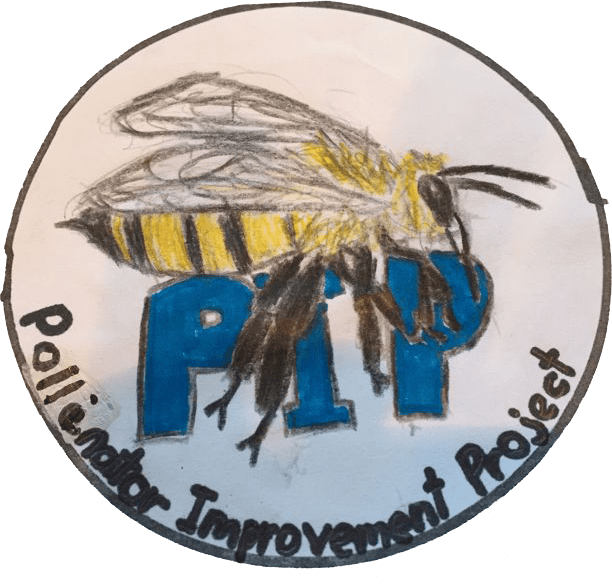 Bainbridge Island students are learning to “bee positive” on the environment, thanks to the efforts of local educators and volunteers like Carl Lindbloom.
Bainbridge Island students are learning to “bee positive” on the environment, thanks to the efforts of local educators and volunteers like Carl Lindbloom.
We noted earlier that Grow Community has signed on to the Pollinator Improvement Plan, an island-wide effort to bolster living and foraging space for bees, birds and other pollinators that are the linchpins of a healthy ecosystem.
Our Grow landscaping boasts pollinator-friendly native plants with a sequential bloom season to provide food and habitat all year for pollinators – from hazelnut in late winter/early spring to Oceanspray in late summer.
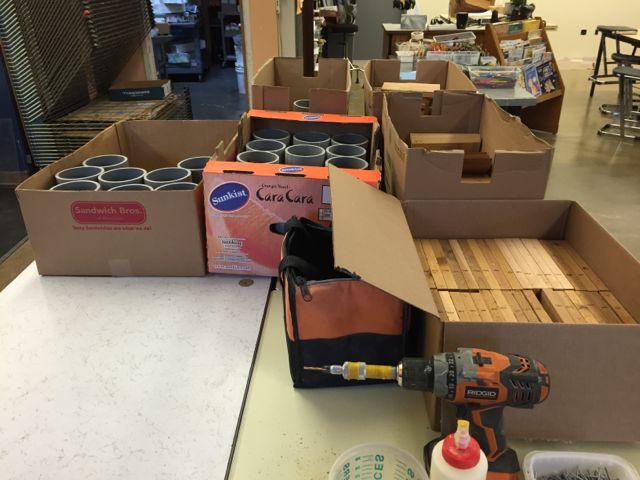 Now we’ve even diverted some construction waste to help the cause: cedar scraps and plumbing pipe discards, from which Carl and some very clever students have fashioned 160 “Mason Bee House Kits.”
Now we’ve even diverted some construction waste to help the cause: cedar scraps and plumbing pipe discards, from which Carl and some very clever students have fashioned 160 “Mason Bee House Kits.”
Un-bee-lievable!
Each kit provides new refuge for Mason bees, so named for their skill at making little mud compartments in their nests.
“Since the construction of the houses required hammering, I enlisted the help of the 7-8 graders to assist the 1-6 graders,” Carl says. “That was very fun to watch those interactions. The older kids took their job very seriously and the younger kids loved it.”
The new Mason Bee Houses have now gone home with the kids, along with instructions that give them everything they need to set up the houses and start raising Mason bees in their own yards.
“Because we draw students from all parts of the island, we have now introduced Mason bees to the same,” Carl says.
Way to go, Carl and Bainbridge Island students in the Pollinator Improvement Plan – our community’s own little Bee Brigade.
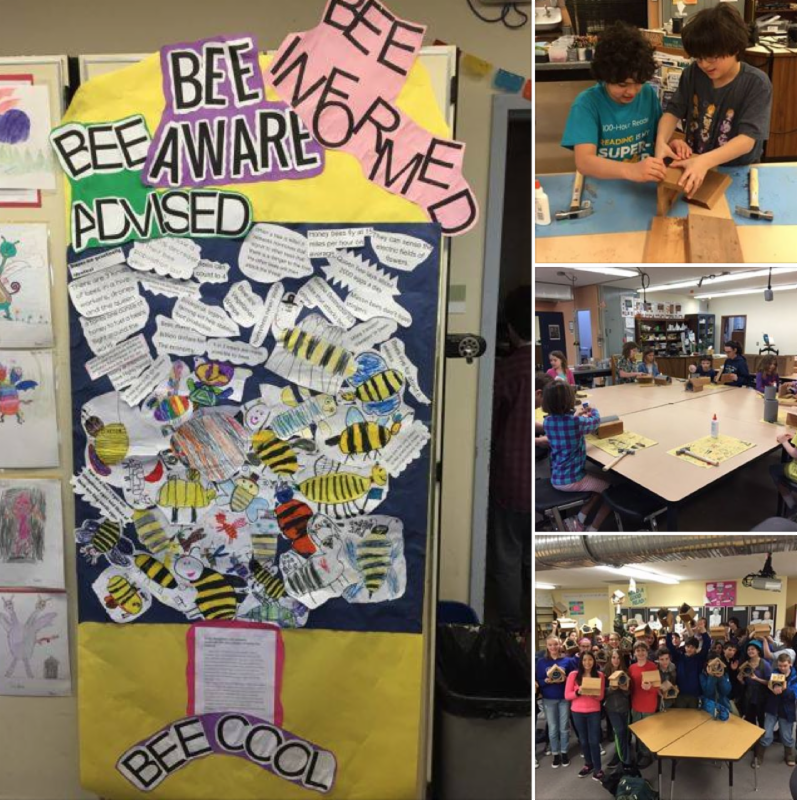

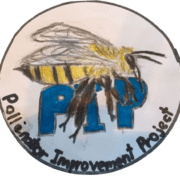


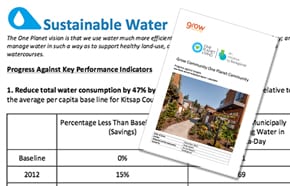 Did you know:
Did you know:
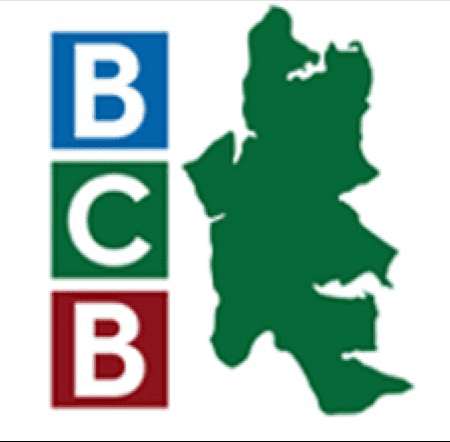 Now the PIP is featured in a new podcast on Bainbridge Community Broadcasting. In his program
Now the PIP is featured in a new podcast on Bainbridge Community Broadcasting. In his program  You can hear the podcast
You can hear the podcast 
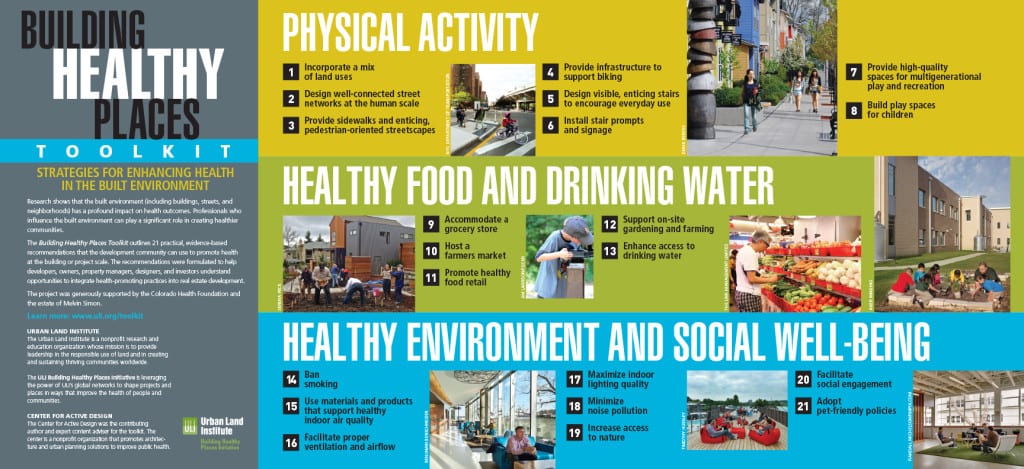
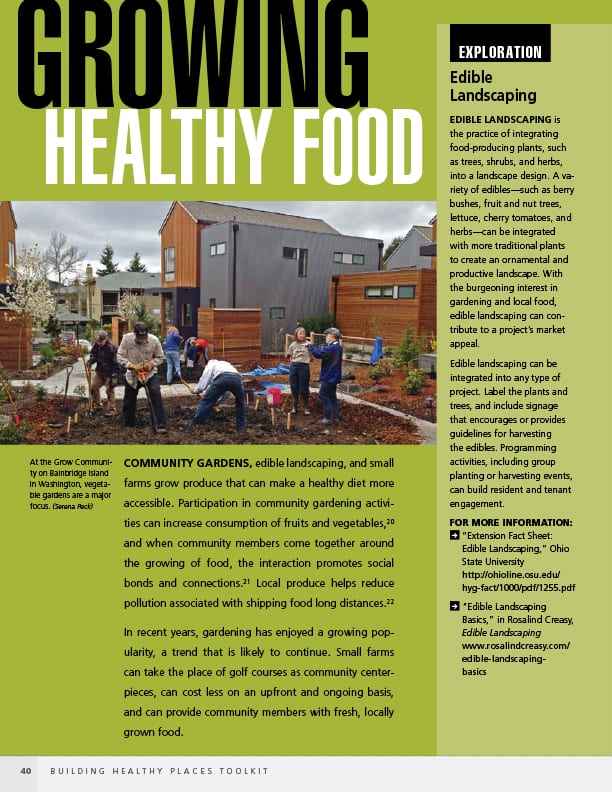
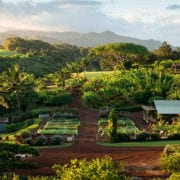
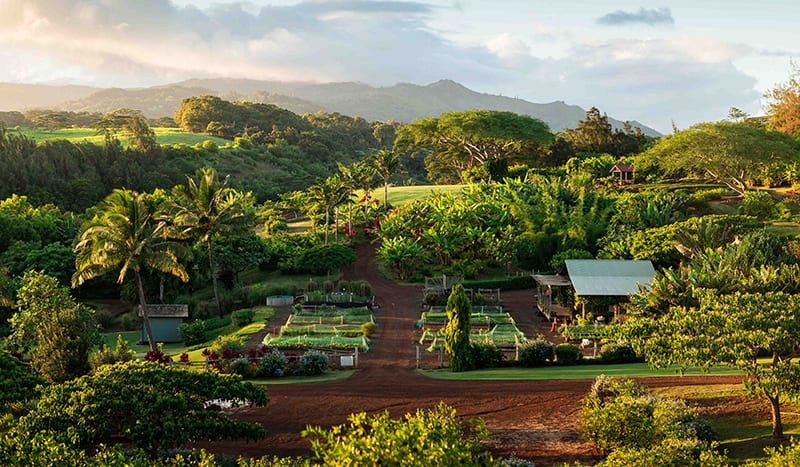
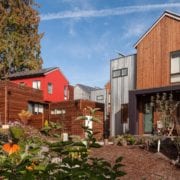
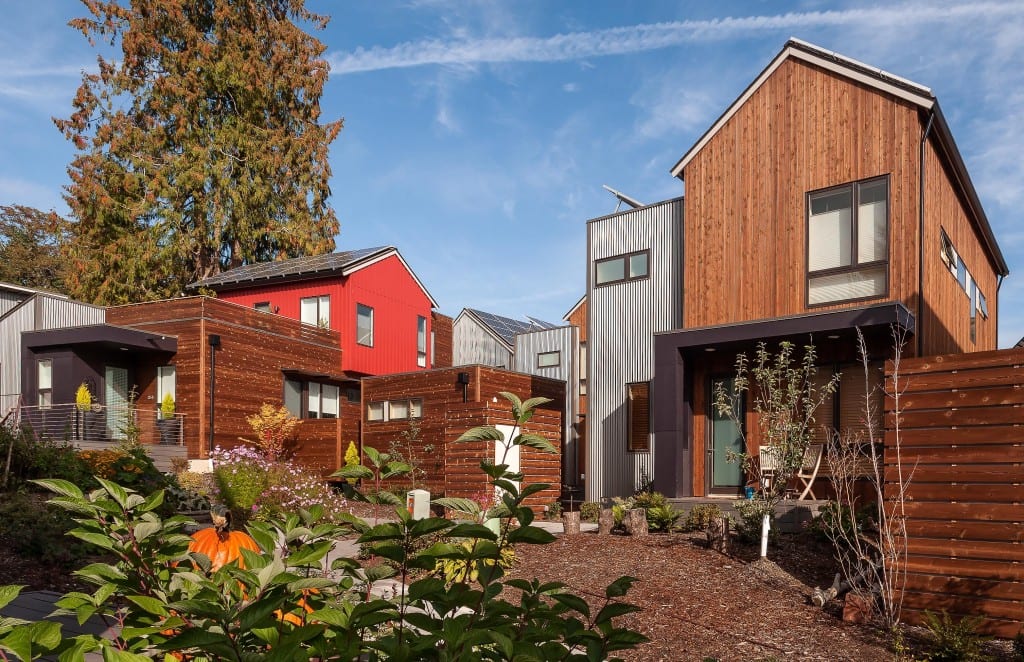


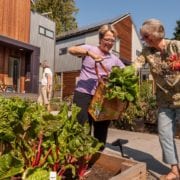
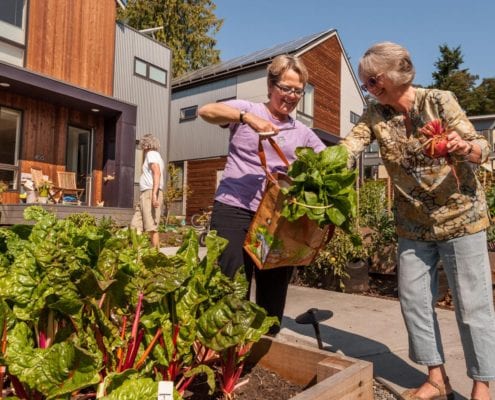

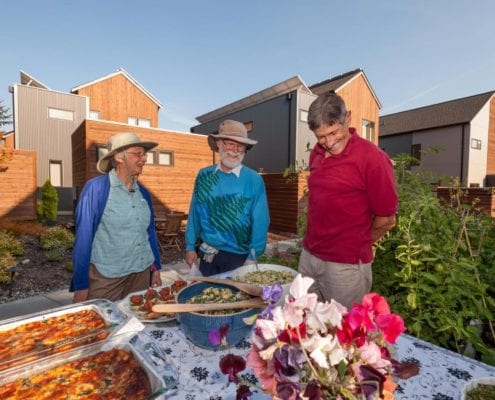
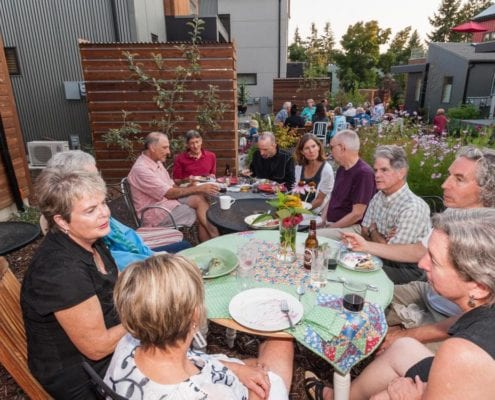
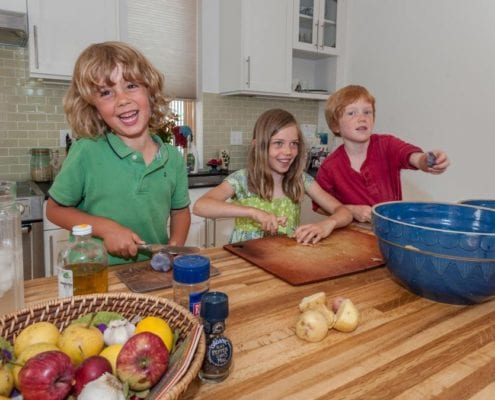
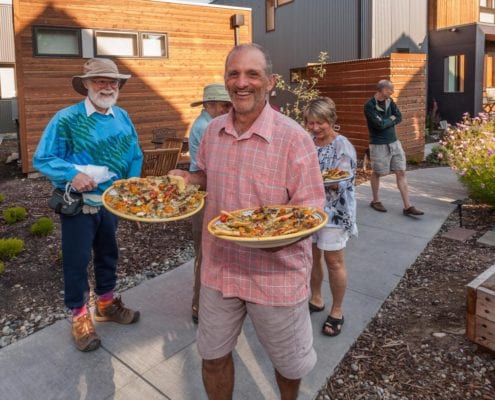
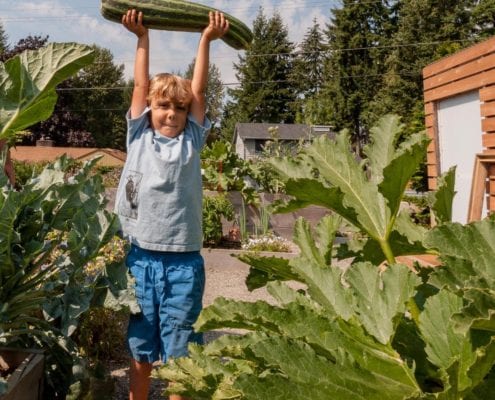
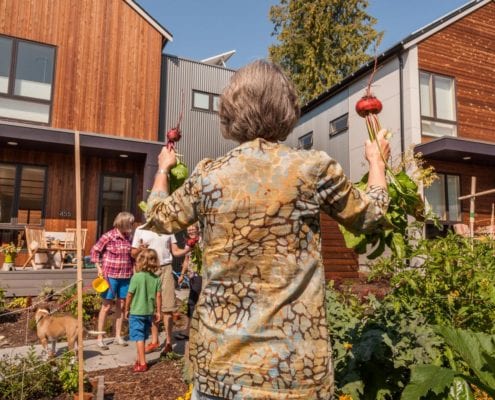

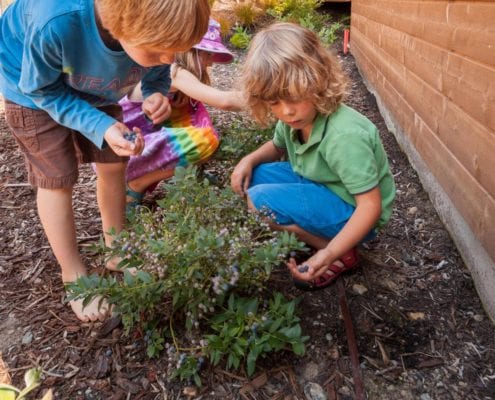
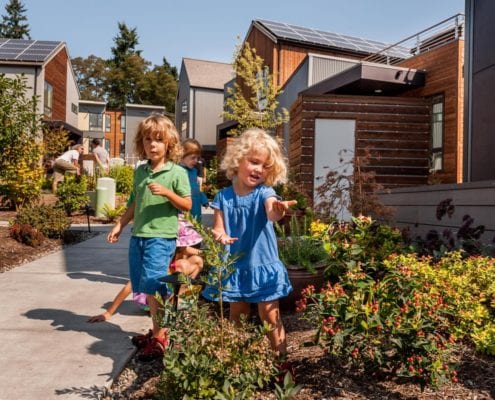
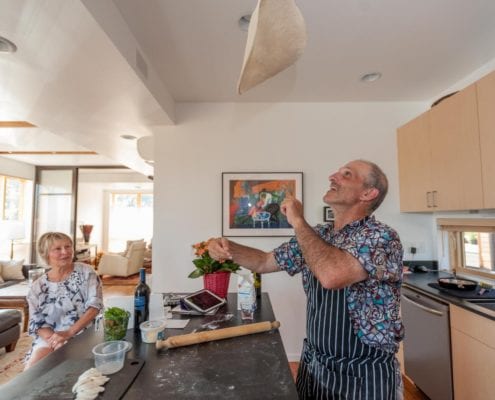
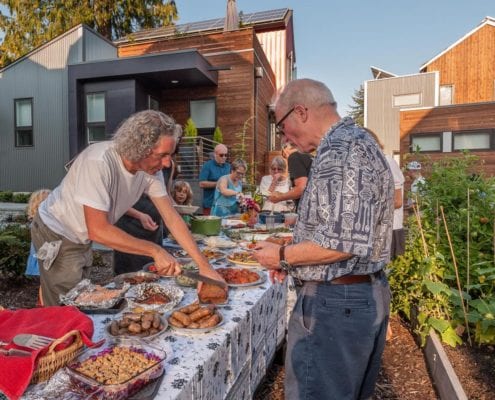
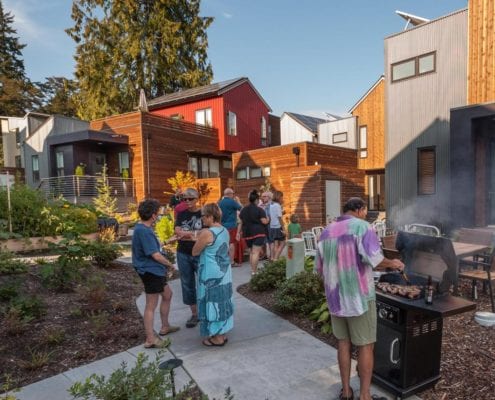
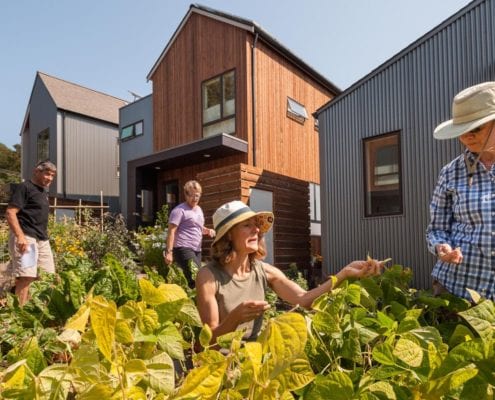
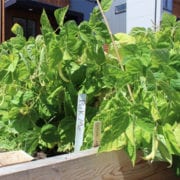

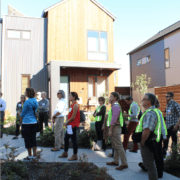
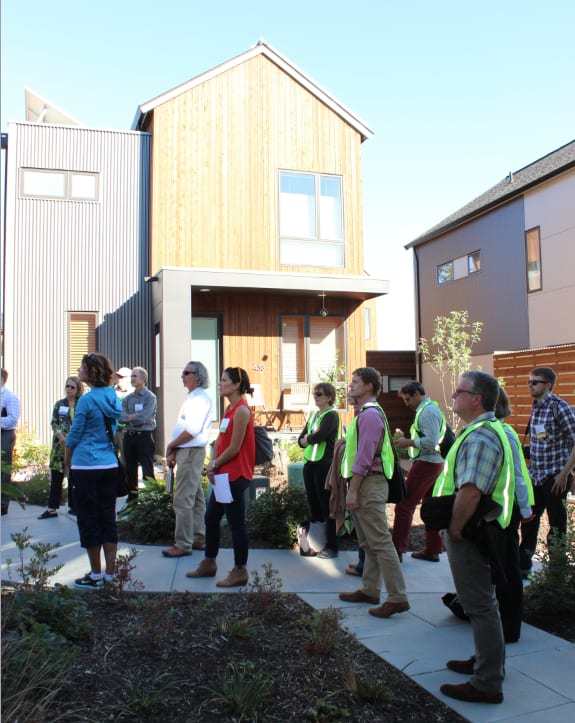 Grow Community held center stage when the Urban Land Institute visited Bainbridge Island yesterday.
Grow Community held center stage when the Urban Land Institute visited Bainbridge Island yesterday.